ADDRESSING KENYA’S CORE SOCIO-ECONOMIC PROBLEM — A LAND OF FEW RICH FAMILIES AND MILLIONS OF POOR FAMILIES
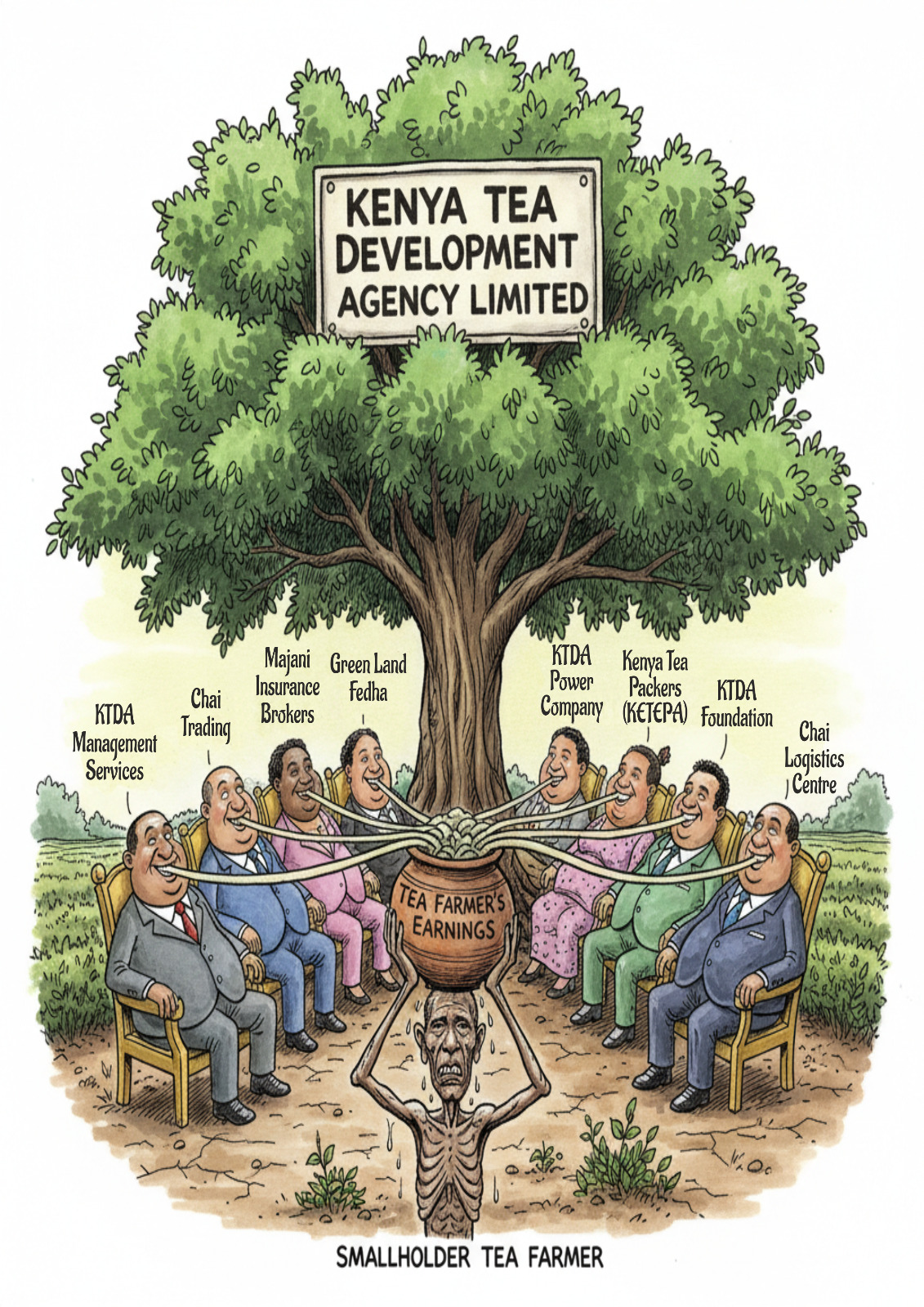
Kenya’s greatest challenge is not political but economic. A small group of wealthy families occupies the top of the nation’s economic pyramid while millions of ordinary citizens remain trapped at the bottom. This inequality is largely sustained by disproportionately high salaries, allowances, and benefits paid to State Officers and Public Servants across the Executive, Legislature, and Judiciary.
These wages consume nearly three-quarters of national tax revenues, perpetuating inequality and limiting the government’s capacity to provide essential services such as education, healthcare, and infrastructure. The current wage structure, inherited from colonial systems, was originally designed to sustain European officials at a higher standard of living than the local population. Maintaining this outdated model continues to widen Kenya’s socio-economic gap.
The recent youth demonstrations in the streets of Nairobi and the continuous strikes by the University lecturers, teachers and medical practitioners are caused by huge salaries, allowances and other benefits paid to the State Officers and also by the discrepancy in the payment of salaries, allowances and other benefits to employees of the Kenya Government in the Public Service that are calculated using a system of colonial salary scale. This has been confirmed by Dr. Chris Kiptoo, CBS, Principal Secretary/ National Treasury in Medium Term 2025 Budget Policy Statement themed Consolidating Gains Under Bottom-Up Economic Transformation Agenda For Inclusive Green Growth, February 2025: “Budget implementation in the first quarter of the FY 2024/25 was impeded by: protest that led to a slowdown of economic activities; the withdrawal of Finance Bill 2024 that was expected to raise an additional revenue amounting to Ksh 344.3 billion; and the implementation of the Collective Bargaining Agreement has continued to put pressure on the expenditure.” (Pg. v).
2. Economic Effects and Public Discontent
Recent youth demonstrations, frequent industrial strikes, and growing public frustration are symptoms of this systemic imbalance. Even the 2025 Budget Policy Statement by the National Treasury acknowledges that excessive wage commitments, combined with high allowances, have constrained development spending and increased the cost of living for ordinary Kenyans.
3. Call for Leadership and Sacrifice
As Chinua Achebe once wrote, “The problem with Nigeria is simply and squarely a failure of leadership.” Kenya faces a similar test. I urge Honourable Members of Parliament and the Senate to demonstrate true leadership by reducing your salaries and allowances to channel more resources toward uplifting the millions of families living in poverty.
4. Commendation and Alignment with the Bottom-Up Economic Model
I commend His Excellency President Dr. William Samoei Ruto for his focus on empowering those at the bottom of the economic pyramid through the Bottom-Up Economic Transformation Agenda (BETA). According to the Fourth Medium Term Plan (2023–2027), 38.6% of Kenyans live below the poverty line, and agriculture remains the primary source of livelihood for most households.
This fact has been confirmed by the following words of the Fourth Medium Term Plan, 2023-2027 themed: Bottom-Up Economic Transformation Agenda for Inclusive Growth:
“Most Kenyans are at the bottom of economic pyramid, and 38. 6 per cent of the total population in 2021 was reported as being poor in the Kenya Poverty Report (KNBS 2023). Further, 5.6 per cent of the total labour force were unemployed (KNBS, 2022 Quarterly Labour Force Reports). The informal sector remained as the main source of employment in Kenya and in 2022, employment in the sector stood at 16.0 million jobs (KNBS, 2023 Kenya Economic Survey).” (Pg. 98).
The Fourth Medium Term Plan, 2023-2027 , which is the blueprint of the Bottom-Up economy, has further expounded how Bottom-Up economic model functions in these words:
“The Bottom-Up Economic Transformation Agenda is about investing the limited capital available where it will create the most jobs at the bottom of the pyramid. It is a commitment to invest in smallholder agriculture and informal sector and end socio-economic exclusion by leveling the playing field for all investors. BETA is focused on ensuring rational resource allocation by eliminating wastage of resources occasioned by duplication, fragmentation and ineffective coordination in the implementation of programmes and projects.” (Pg. 98).
It is my considered view that we stick to this so that we can get Kenyans out of the current situation.
5. Need for Agricultural Focus and Local Interventions
While significant progress has been made in many agricultural value chains, the tea subsector—particularly in the West of Rift region (Bomet, Kericho, Nandi, Nyamira, and Kisii)—has been neglected. Low tea bonuses have left smallholder farmers struggling to sustain their livelihoods. I appeal for targeted interventions to revive this critical subsector and support struggling families.
The Medium Term 2025 Budget Policy Statement has underscored the importance of agriculture in the Bottom-Up economy in these words:
“Agriculture remains a core pillar for the realization of the Bottom-Up Economic Transformation Agenda’s aspiration for inclusive green growth given that more than two-thirds of Kenyans derive livelihoods directly or indirectly from agriculture, which has the highest employment multiplier effect and consists of crucial value chains with the highest impact on job creation for economically excluded segments of the population. Given the critical role the agricultural sector plays in providing livelihoods, the Government embarked on implementation of interventions and boosted investments intended to transform the sector by raising productivity of key value chains in the sector that includes: fisheries and aquaculture, horticulture, food crops like maize, rice, edible oils, livestock, beekeeping, and rangeland development.”
This is well attested in the Medium Term 2025 Budget Policy Statement themed Consolidating Gains Under Bottom-Up Economic Transformation Agenda For Inclusive Green Growth, February 2025 where gains of two years under Bottom-Up economy are discussed from pages 3 to 9 and tea gains are completely absent.
It is evident from the recently release tea bonuses which is Ksh 12. The smallholder tea farmers in the East of Rift Region are very better and the same should be replicated across the country.
6. Community-Based Implementation Model
I had an opportunity to visit and interact with over 400 families in Ndaraweta Ward in Bomet County most of whom, are all smallholder tea farmers and they are really very disappointed with the tea income. The smallholder tea farmers rely on the tea income to buy food, pay SHA, pay school fees, etc. That little money cannot sustain their family livelihoods. They urgently need serious intervention from the Government to prevent serious risks that can occur in their families.
To complement government efforts, I have initiated a community-based model through Kopchi Uzimaa Savings and Credit Cooperative Society Limited (Reg. No. CS/31778). The society focuses on the welfare of smallholder tea farming families rather than profit, with membership drawn from married couples to strengthen family stability and joint financial responsibility. The society, launched on 30th August 2025, will become fully operational in January 2026. I appeal for partnership and support from our elected leaders in Kericho and Bomet to sustain this initiative.
With the help from Nominated Senator, Hon. Joyce Korir, Hon. Isaac Ruto, the first Governor of Bomet County, our Ndaraweta Ward MCA, Hon. Dancel Kirui, Hon. Ronald Tonui, Chiefs and Village Elders and Bomet Governor, Professor Hilary Barchok we have mobilized resources to kick start the society which would be a model to be emulated if supported financillay through government efforts.
In Psalm 113 which His Excellency President Dr. William Samoei Ruto had said it contained the concept of Bottom-Up economy states clearly in verse 9 that God intervenes in family where there is a childless wife by giving her a child: “Gives the childless wife a home, the joyful mother of children.” The family of Abraham and Sarah is one example in the Bible where we see how God intervened and gave them a son, Isaac. Bottom-Up economy which aims at uplifting economically the poor people who are normally found in family set up.
7. Linking the Bottom-Up Economy to Family Strengthening
The family remains the natural and fundamental unit of society, as affirmed by the Constitution of Kenya (Article 45) and international human rights instruments. Strengthening families is essential to achieving the objectives of the Bottom-Up model.
“The family is the natural and fundamental group unit of society and is entitled to protection by society.” (Universal Declaration of Human Rights, 1948; Article 16 (2)).
“The family is the natural and fundamental group unit of society and is entitled to protection by society and the State.” (International Covenant on Civil and Political Rights, 1966; Article 23 (1)).
“The widest possible protection and assistance should be accorded to the family, which is the natural and fundamental group unit of society, particularly for its establishment and while it is responsible for the care and education of dependent children…” (International Covenant on Economic, Social and Cultural Rights, 1967, Article 10 (1)).
“The family shall be the natural unit and basis of society. It shall be protected by the State which shall take care of its physical health and moral.” (African Charter on Human and Peoples’ Rights (Banjul Charter), 1981, Article 18 (1)).
“The State shall have the duty to assist the family which is the custodian of morals and traditional values recognized by the community.” (African Charter on Human and Peoples’ Rights (Banjul Charter), 1981, Article 18 (2)).
“The family must be helped and defended by appropriate social measures. Where families cannot fulfil their responsibilities, other social bodies have the duty of helping them and of supporting the institution of the family. Following the principle of subsidiarity, larger communities should take care not to usurp the family’s prerogatives or interfere in its life.” (Catechism of the Catholic Church, 2209)
Honourable Members, it is time we link Bottom-Up economic model to the family which the cell of the social life so that we can make the family to function properly
Conclusion
Honourable Members, I urge you to realign our national priorities toward economic equity, family welfare, and sustainable livelihoods. Reducing the public wage burden and investing in the Bottom-Up framework will restore hope and dignity to millions of struggling Kenyan families.
A functioning family is a functioning nation.

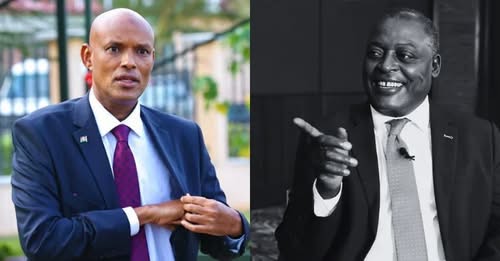
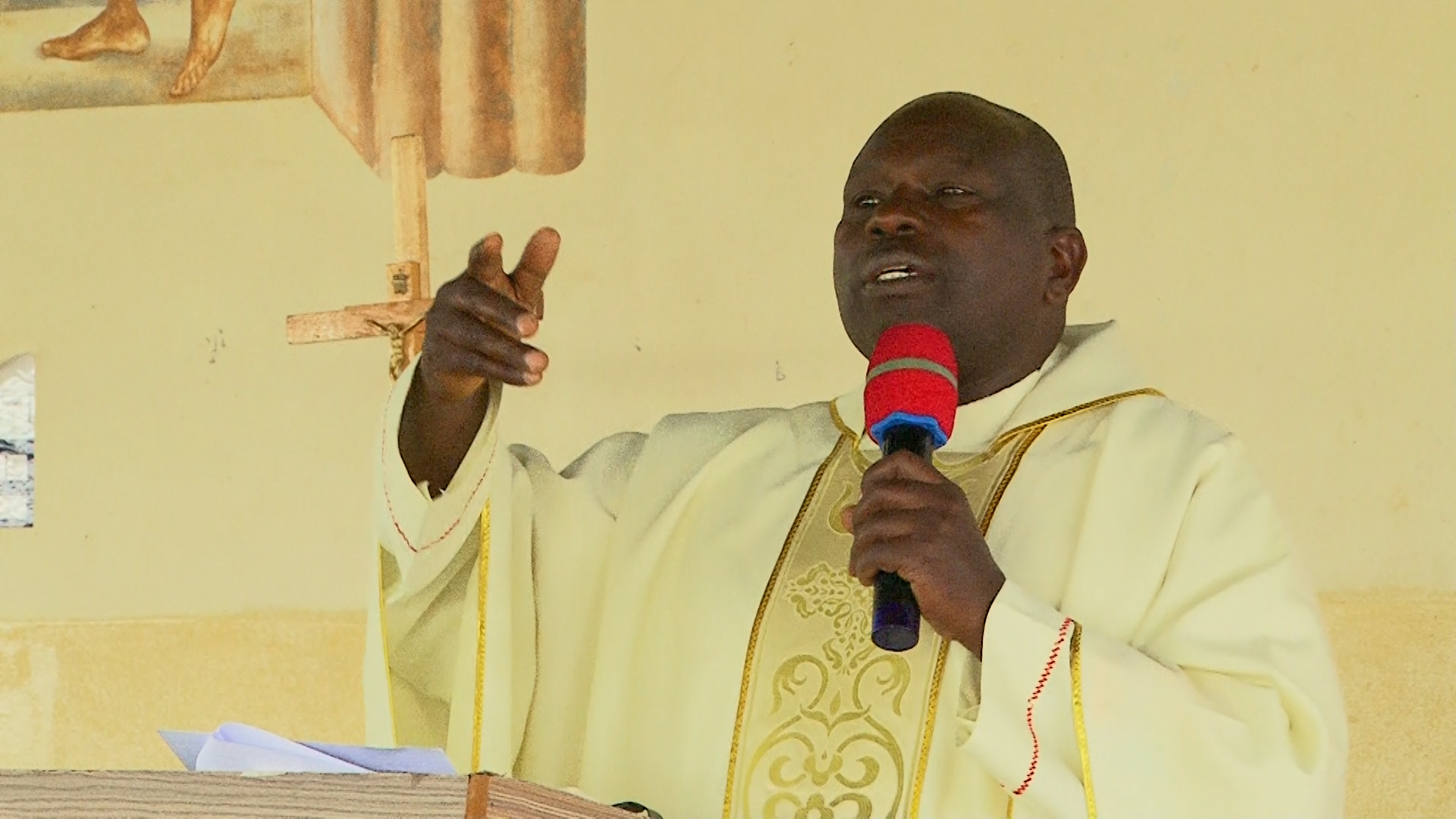
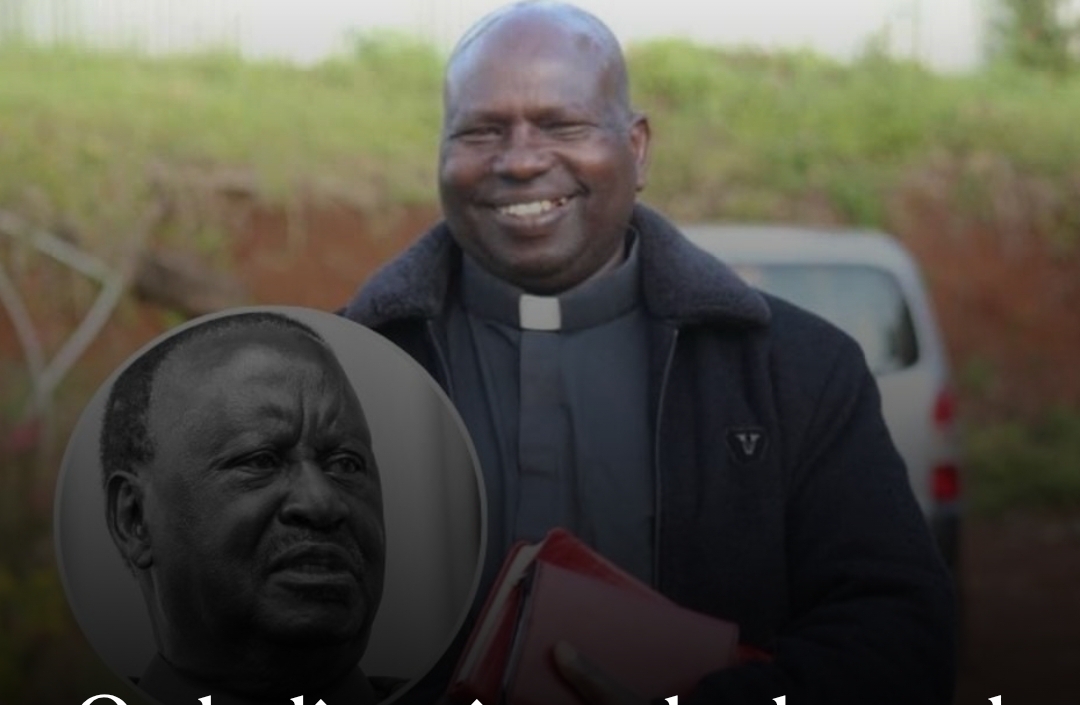

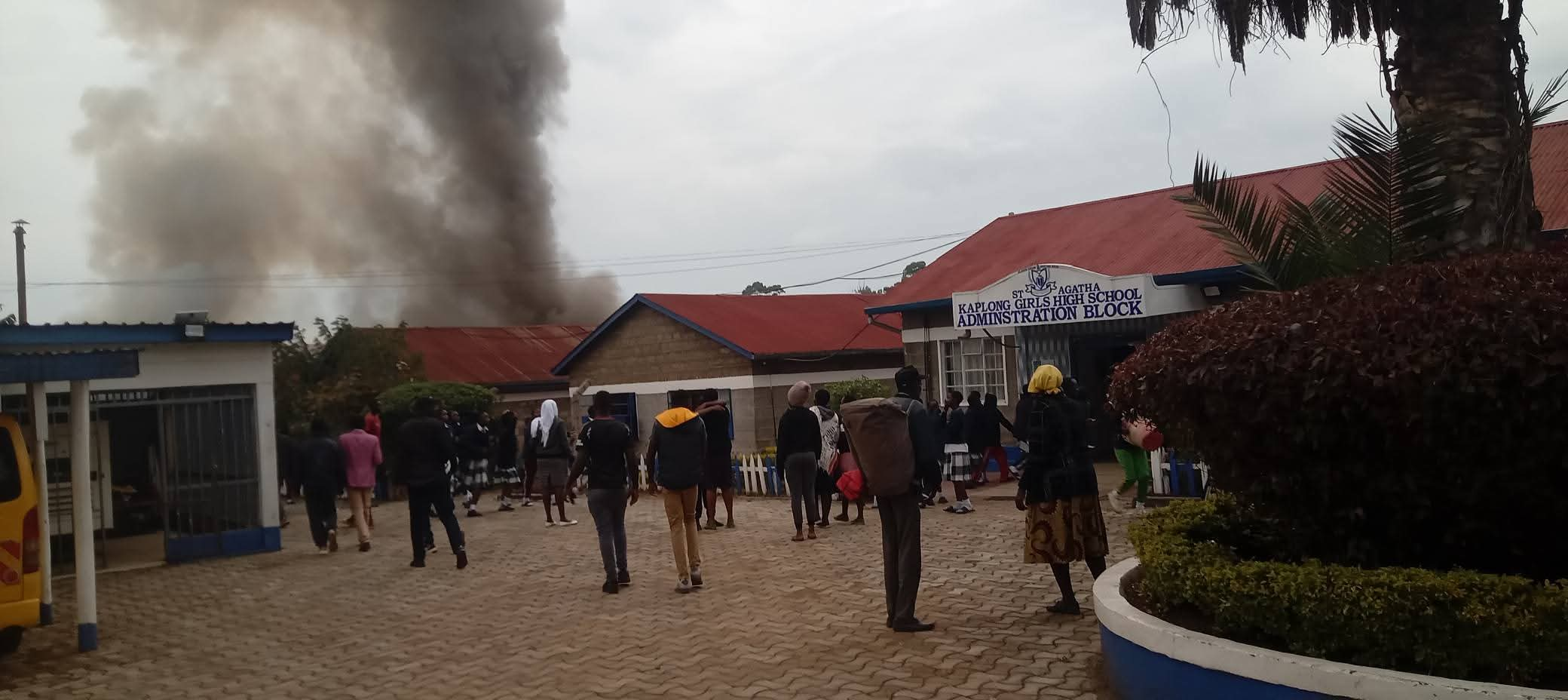
Comments (0)
No comments yet. Be the first to comment!